Poland
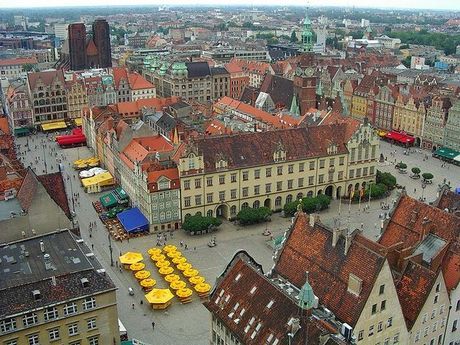
Wrocław is the main city in south-western Poland, situated on the River Oder (Polish: Odra). Wrocław is the former capital of Silesia and today, capital of Lower Silesian Voivodeship. Over the centuries, the city has been either part of Poland, Bohemia, Austria, Prussia or Germany. According to official population figures for June 2009, its population is 632,240, making it the fourth largest city in Poland.
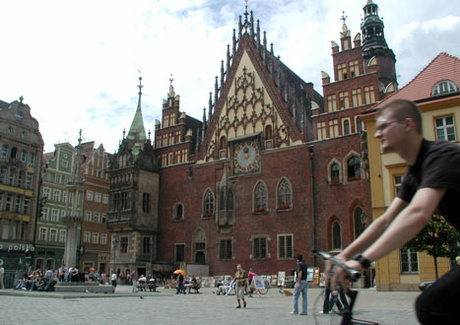
Wroclaw's Old Town is not only it's historical centre but also today's social and cultural centre. Here you will find, not only the city's most splendid architecture but also its best shops, restaurants, bars, galleries and museums.
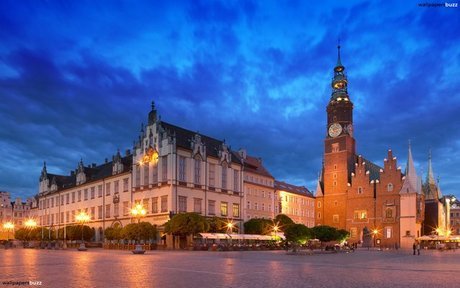
If the Old Town is the epicentre of Wroclaw then the Market Square in turn is the central hub of the Old Town. This is the very heart of Wroclaw, where the life pulse of the city can clearly be seen and felt. Here Wroclawians and foreigners alike gather to shop, dine, date, do business, or simply while away the time... For those of you who like symbolism you could say that Wroclaw's Main Market Square embodies the city's slogan as 'The Meeting Place'.
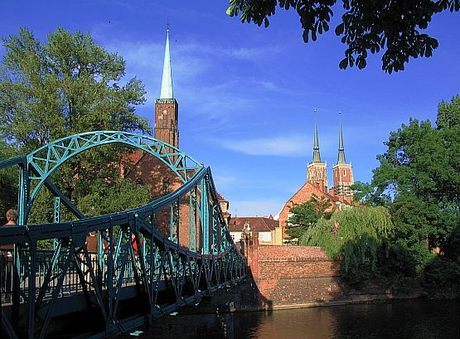
Playing soul to the Rynek’s heart, Ostrów Tumski is the gem at the centre of Wrocław’s crown. This, after all, is where the city began. During the latter part of the ninth century what is now known as Ostrów Tumski (the name means Cathedral Island in Polish) was settled by a Slavic tribe, the Śleżanie, who – not without reason – considered the island impregnable. The first Silesian bishopric was built on the island in 1000, and the town flourished until its almost total destruction during the Tatar invasions of the 1240s. After that date the town developed on the other side of the Odra river, and Ostrów Tumski became a place of almost exclusively royal – the Piast Dynasty built a castle here in the 1260s - and religious significance. With a few exceptions it remains primarily a place of worship and reflection to this day; there are few shops, dwellings, cafes and restaurants, and the Wrocław Archdiocese occupies almost all of the beautifully maintained classical buildings you will see.
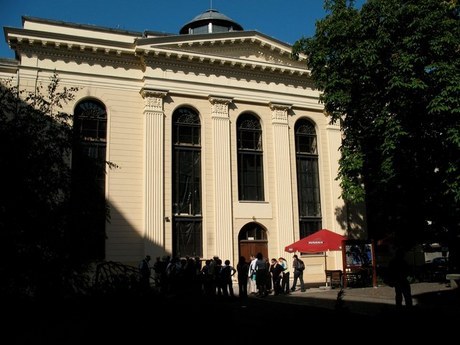
The only synagogue in Wrocław to escape the torches of Kristallnacht, the White Stork was built in 1829, taking its name from the inn that once stood in its place. Following the design of prominent German architect Karl Ferdinand Langhans, it is ironically considered a sterling example of 18th century Protestant sacral art. Discreetly hidden from view in a courtyard between ul. Antoniego and ul. Włodkowica, today the surrounding grounds are full of beer gardens, bohemians and graffiti; however it was here that members of the Jewish community were rounded up for deployment to the death camps during WWII.
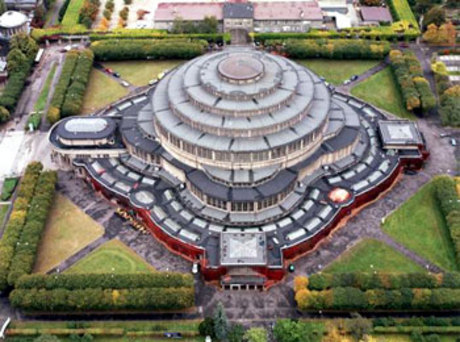
The work site was opened in 1911, and the construction of the monumental arches started in April 1912. The technology was avant-garde. Specially designed electric compressors were used to pre-stress the concrete. The stability was verified by Professor Heinrich Müller of Berlin. Building materials were selected with great care. Special cement, supplied by the Silesia Cement Plant in Opole and tested in Groß Lichterfelde, Berlin, was used for the concrete. High-grade rolled steel was employed for reinforcement rods instead of the standard structural steel. In the sections exposed to higher stress, an aggregate made of the highest quality granite was used. The municipal authority examined the hardening of concrete during month-long tests. The required strength was 6 times greater than estimated. A hardwood model of the apse was built in scale 1:25 and tested under a load of 6000 kg. Only qualified and experienced workers were employed.
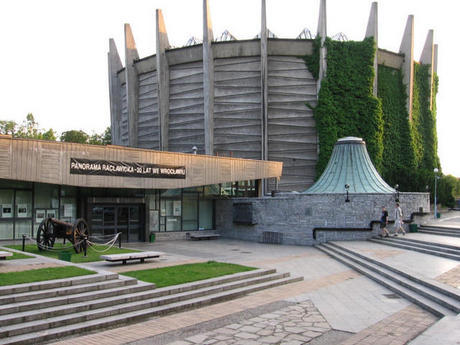
Wroclaw's most important piece of cultural heritage, the Panorama of the Battle of Raclawice, is also the city's most visited tourist attraction. It is a vast cyclindrical painting designed to commemorate the 100th anniversary of the famous Kosciuszko Insurrection, when in 1794 a Polish rebellion defeated the Russian army (a case of winning the battle but losing the war, unfortunately for the Poles!). The painting was moved from Lwow after World War II and is now housed in an impressive (albeit ugly) purpose-built Rotunda, designed especially so that the viewer feels that they are in the midst of the battle. Half-hour long tours start on the half hour, and if your Polish ain't too hot then you can take an audiophone in any major European language.
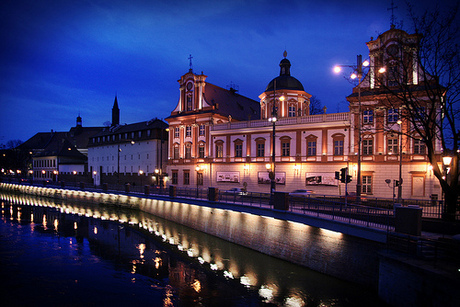
This stunning Baroque palace complex on the Odra riverbank was rebuilt to its late 17th century designs after being damaged heavily during the war and is today one of the most outstanding works of Baroque architecture in Poland.
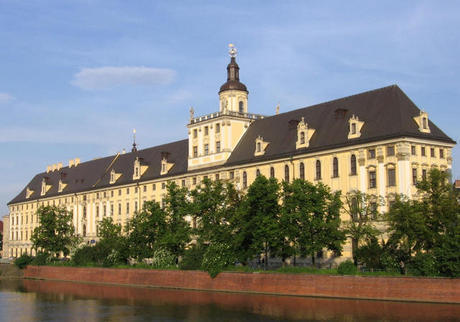
The University of Wrocław is one of nine universities in Wrocław, Poland. The university was founded in 1702 as Leopoldina, and re-founded in 1811 as Schlesische Friedrich-Wilhelms-Universität zu Breslau. In 1945, after the area passed to Poland, it was re-established primarily by academics from the former University of Lwów. From 1952 to 1989, it was officially named in honour of Bolesław Bierut, and so known as Uniwersytet Wrocławski im. Bolesława Bieruta.
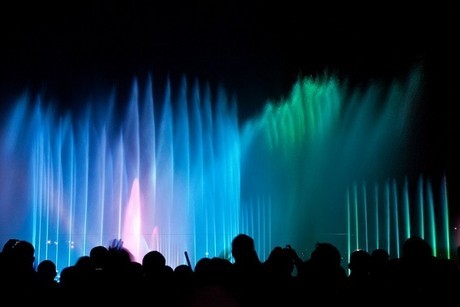
The Wrocław Fountain or Wrocław Multimedia Fountain (Polish: Wrocławska Fontanna) is a multimedia fountain located within in the Pergola next to Centennial Hall in Wrocław. The one-hectare fountain incorporates about 300 jets to create a screen of water for animation display. There are also 800 lights. When frozen in winter, the fountain is a 4700-square-meter ice skating rink
 1 2 3 4 5 6 7 89 10
1 2 3 4 5 6 7 89 10 
